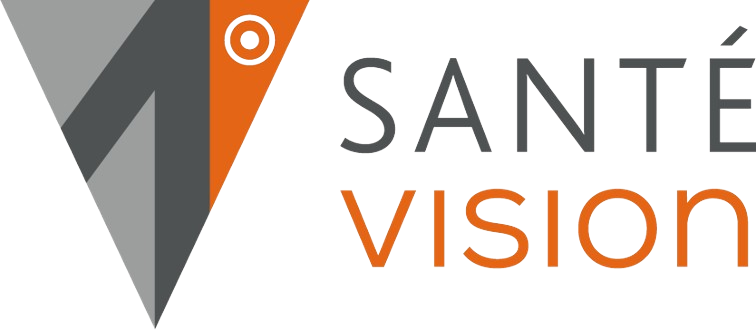
LBV
We treat presbyopia, whether combined with monovision or another visual impairment, using Femto LASIK and the Laser Blended Vision (LBV) method.
Improvement of vision at all distances
Cutting-edge technology
Fast recovery
What is LBV?
Advantages of LBV (Laser Blended Vision)
Laser Blended Vision (LBV) is a cutting-edge refractive surgery technique designed to treat presbyopia, the age-related loss of near vision, by combining different focal points in each eye. This method uses laser treatment to reshape the cornea, allowing one eye to focus on near objects and the other on distant objects, thus reducing the need for reading glasses or bifocal lenses.
The advantages of LBV include improved vision at all distances, a faster recovery time compared to traditional presbyopia treatments, and a more natural visual experience, as the brain adapts seamlessly to the different focal points. It is an ideal option for individuals over 40 who wish to correct their vision without relying on glasses or contact lenses.
Clear vision at all distances
Clear vision almost immediately after the procedure
Natural visual experience
Different focal points in each eye ensure a seamless visual experience.
Painless and fast
Less than one minute per eye
Effective
Presbyopia and myopia can be corrected at the same time.
Versatile and suitable for almost everyone
We are proud of our qualifications and certifications, which ensure that our team has the expertise needed to deliver exceptional service.
Myopia up to
-6
diopters
Presbyopia up to
+2.5
diopters
Astigmatism up to
2
diopters


Want to know if LBV is right for you?
Take our online self-test and find out if you're a candidate.
The Innovative Laser Solution to Correct Presbyopia
The LBV (Laser Blended Vision) method, combined with Femto-LASIK technology, is an advanced solution for correcting presbyopia, with or without other vision issues (nearsightedness, farsightedness, astigmatism). It allows individuals over 45 years old to regain clear vision without glasses, whether for distance vision (driving), intermediate vision (screens, computers), or near vision (reading).
LBV vs. Traditional Monovision: A Major Difference
Unlike traditional monovision, which corrects one eye for distance vision and the other for near vision, the LBV method enhances visual comfort by integrating an optimized depth of field. Traditional monovision often leads to blurred vision and discomfort, limiting tolerance to just 65%.
Thanks to Laser Blended Vision, a subtle modification of the cornea allows the brain to naturally merge the images from both eyes, ensuring smooth, clear vision at all distances. The result: a 98% satisfaction rate and natural, effortless vision!
Why Choose LBV?
✅ Glasses-free vision after 45
✅ Customized correction with Femto-LASIK
✅ Optimal visual quality at all distances
✅ Proven method with 98% tolerance

"The operation was very quick and not very painful. The result was immediate; I only had slightly blurry vision, but I could see clearly. The next day, the "fog" disappeared, and I was already seeing as I do with my glasses! I recommend it.." - Mélanie
Laser Blended Vision (LBV) can often replace multifocal glasses for individuals with presbyopia, myopia, or astigmatism. By reshaping the cornea to create distinct focal points for near and distant vision, LBV offers a seamless transition between these distances, reducing or eliminating the need for reading glasses or bifocals.
The results of this procedure are long-lasting, allowing the vast majority of patients to go without reading glasses for several years.
However, since presbyopia is related to the natural aging of the eye, the evolution of the lens may continue over time. Thus, although the benefits of the LBV method remain stable for a long period, an adjustment or another solution may be considered later, especially when cataracts develop.
Although many patients notice an improvement in their vision within hours or days after the Laser Blended Vision (LBV) procedure, full stabilization of vision may take a few weeks. During this period, the eyes adjust to the new focal points, and some patients may experience slight fluctuations in vision. While most daily activities can be resumed within 24 to 48 hours, it is important to follow post-operative instructions and attend follow-up appointments to ensure proper healing and optimal results. Complete recovery and clarity of vision may take up to 1 to 2 weeks, or slightly longer, depending on individual healing rates.
The LBV method is primarily aimed at individuals aged 40 to 60 who are beginning to experience the effects of presbyopia, meaning a gradual difficulty in seeing up close, especially when reading.
This technique is ideal for patients who want to regain clear vision at all distances (near, intermediate, and far), without constantly relying on reading glasses or progressive lenses. It can be performed on individuals who have previously undergone myopia, hypermetropia, or astigmatism correction, or on those who have never had visual correction before.
FAQ
Our most frequently asked questions

Ready to take the first step?
Don't hesitate to come and see us, we'll determine in about 30 minutes whether you can benefit from laser eye surgery and which method is best for you.
Pain-free & done in less than 30 minutes
Discover which treatment is best suited for you
Get all your questions answered
Contact us
We're always here for you!
Do you have any questions or would you simply like to find out more about the treatment?
